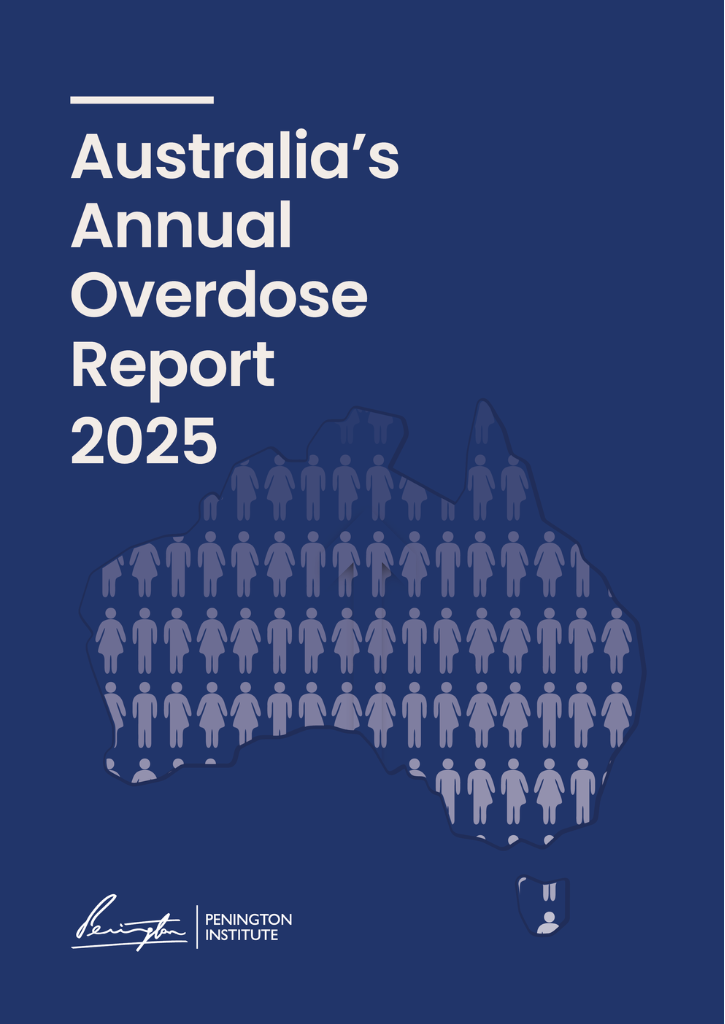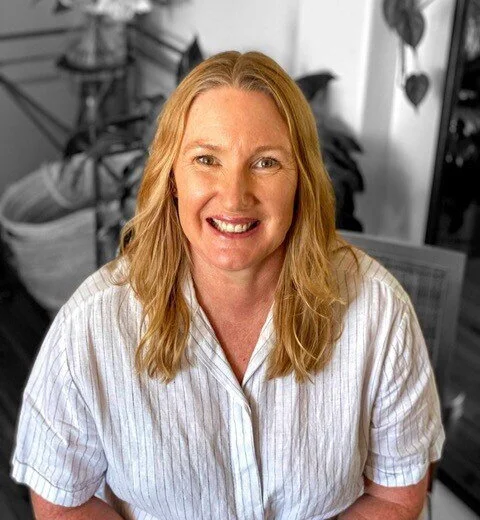It’s Rare for Chronic Pain Patients to Overdose on Opioids
/By Neen Monty
The Penington Institute is an Australian non-profit public health and drug policy research organization. Its core mission is to study drug use “in a safe, considerate and practical way. We seek solutions, not scapegoats. We strive for positive outcomes, not negative stereotypes.”
A most worthy cause.
Each year, Penington releases Australia’s Annual Overdose Report, the country’s most comprehensive study of overdose trends and impacts. I am not against the work of the Penington Institute. On the contrary, they serve a very necessary purpose and have a noble goal.
However, for several years running, they have demonized chronic pain patients and twisted the statistics to inflate the harms of prescription opioids. And this is generally what I write about. To correct the record.
Here’s the download page to Penington’s 2025 report. It documents how many overdoses and what substances were involved. The report relates to data from the 2023 calendar year. Paging through it, something jumped out at me immediately.
Naturally, I jumped straight to the ‘Opioids’ section. There is a table, with key facts. One of these key facts is:
“From 2019-2023, there were 163 unintentional drug-induced deaths involving pharmaceutical opioids as the sole drug type.”
That’s an average of nearly 33 people who died accidentally every year when pharmaceutical opioids were the sole drug type. 33 people. In a country with 27.4 million people.
Does that sound like an opioid crisis to you? Does that sound like a reason to deny tens of thousands of patients access to safe and effective pain relief?
Do you know what immediately occurred to me when I realised that less than 50 people per year die from prescription opioid overdose?
I remembered this 2023 report from the Therapeutic Goods Administration (Australia’s version of the U.S. Food and Drug Administration), justifying their changes to paracetamol scheduling. That’s acetaminophen for those of you in the U.S.
Paracetamol pack sizes were reduced to 16 tablets per packet and supermarkets could only sell two packs per person. Larger packs were only available at pharmacies, and some required a pharmacist’s approval.
Do you know why they made paracetamol harder to get?
Because 50 Australians were dying every year from paracetamol overdoses, with rates of intentional overdose highest among adolescents and young adults.
There was an outcry when the changes came into effect. Chronic pain patients were again being harmed by policy because a different patient group was overdosing.
Because 50 people die of paracetamol overdoses per year in Australia.
Do you get what I am saying?
Paracetamol is still available over-the-counter in Australia, albeit in smaller pack sizes. And yet opioids are almost impossible to access.
Fewer Australians die from prescription opioid overdoses than from paracetamol overdoses. This was true long before any changes were made in opioid scheduling in 2020, making opioids much harder to get.
Opioid prescribing was already declining in 2020, so there was no need to change opioid prescribing practices. Certainly no medical need. In fact, this policy change caused a great deal of harm to those who live with constant, severe pain, and has had no benefits. For anyone.
Please think about it. Reflect upon it. Make it make sense. How is this anything other than a witch hunt?
Paracetamol kills more people than prescription opioids, yet it’s still available over the counter. And doctors are torturing people who live with painful, progressive and incurable diseases, by denying us access to safe and effective pain relief.
Because 33 people die of prescription opioid overdoses every year. While 50 people die of paracetamol overdoses.
Does Australia have an opioid crisis? No.
Does Australia have a prescription opioid crisis? Also no!
We never had a prescription opioid crisis. And we were never heading for one. Prescription opioid overdoes have been falling in Australia since 2018. Check the statistics.
Unlearn what you have been told and learn the true statistics.
There was no need to make changes in 2020. Yet those changes caused interminable suffering to people who live with constant, severe pain from illness or injury.
Most chronic pain patients are still suffering. Many have died.
Does this seem fair to you? Does this seem right? Does it seem reasonable?
Does any of this seem like good policy?
To be clear, I am not saying that opioids should be available over-the-counter. Please do not twist my words to imply that.
Opioids for severe, daily pain should be managed as they were before 2020. By general practitioners who know their patients well.
There should be no dose ceilings because there is no evidence that dose ceilings reduce overdoses and death. GPs are more than capable of prescribing an appropriate dose and duration to manage severe chronic pain.
Instead, chronic pain patients in Australia are forced to go to a pain management specialist, who barely knows them and rarely understands their pain.
People who live with severe, daily pain from disease and injury have a right to pain relief. We need help.
And this year’s Penington report shows that we are not the ones who are overdosing.
It is time to restore access to safe and effective pain relief for those who desperately need it. Chronic pain kills far more often than the opioids prescribed for chronic pain do. Patients die from heart attacks, strokes, hypertension, and other stress-induced conditions when their pain is not treated.
The true cause of most overdose deaths is polypharmacy: multiple drugs, both legal and illegal, that are often mixed with alcohol.
Targeting people who live with painful, progressive and incurable diseases and injuries, denying us access to pain medication, is never going to reduce overdoses by illicit drug users. They are two different patient populations.
It is not chronic pain patients who are overdosing.
Neen Monty is a patient advocate in Australia who lives with rheumatoid arthritis and Chronic Inflammatory Demyelinating Polyneuropathy (CIDP), a progressive neurological disease that attacks the nerves.
Neen is dedicated to challenging misinformation and promoting access to safe, effective pain relief. She has created a website for Pain Patient Advocacy Australia to show that prescription opioids can be safe and effective, even when taken long term. You can subscribe to Neen’s newsletter on Substack, “Arthritic Chick on Chronic Pain.”









